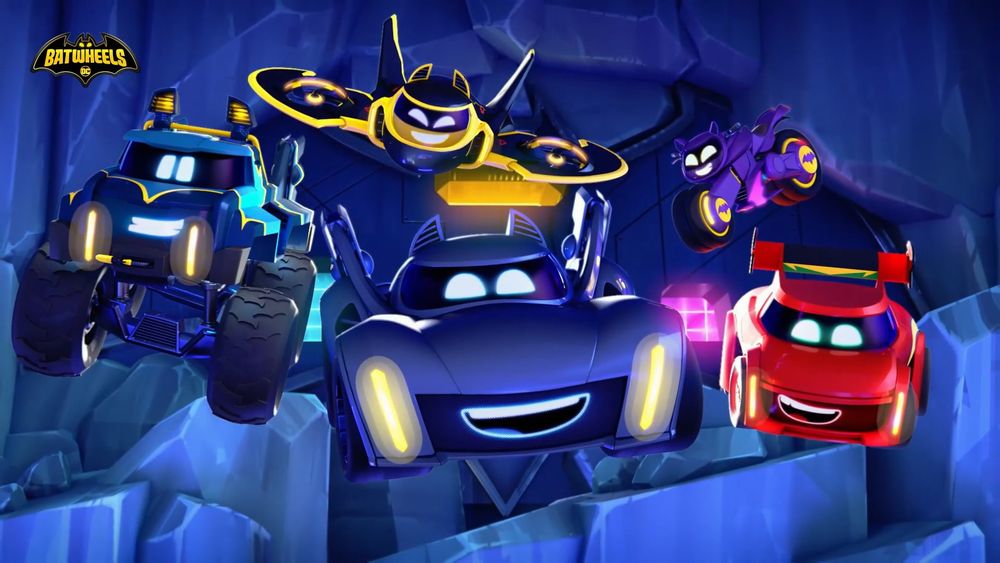
Career Advice: Working as a Character Modeler at a Creative Studio
Discover the world of Character Modeling through the insights of CIME-Art alumnus Anthony Hurtaud.
Want a successful career working as a Character Modeler? Would you love to do it remotely as well? Anthony Hurtaud, a CIME-Art alumnus, is a Character Modeler currently working on a project in residence at SUPAMONKS Studio.
Anthony sits down with us to share his journey and advice to aspiring artists looking for an exciting and challenging career like his own.
I am a Character Modeler currently working on a project in residence at SUPAMONKS Studio. You can learn more about the program here. We're entrusted with a character, complete with design board, props, model sheet, expressions, etc., and the aim is to transcribe it in 3D. This is usually done under the supervision of a lead and a supervisor, who give feedbcak several times a week based on their personal feelings about the 2D design. We will also get feedback from the Director and Art Director.
Modeling is something I've always enjoyed, ever since I discovered 3D in BTS. I find it very satisfying to take a 2D concept and translate it into 3D. It's exciting to try and make sure that everything fits together perfectly, that the mechanisms (if there are any) are functional while remaining within the graphic style of the project. Giving character to what we're modeling, finding the right shapes, are all the little things that make our work a pleasure to handle for the other departments, and a pleasure to give viewers once the project is finished.
I did my training at Cime-Art school, which enabled me to learn the basics of modeling, anatomy and reference analysis, to acquire an initial working method, and to discover the various tools at my disposal and learn how to use them to best effect.
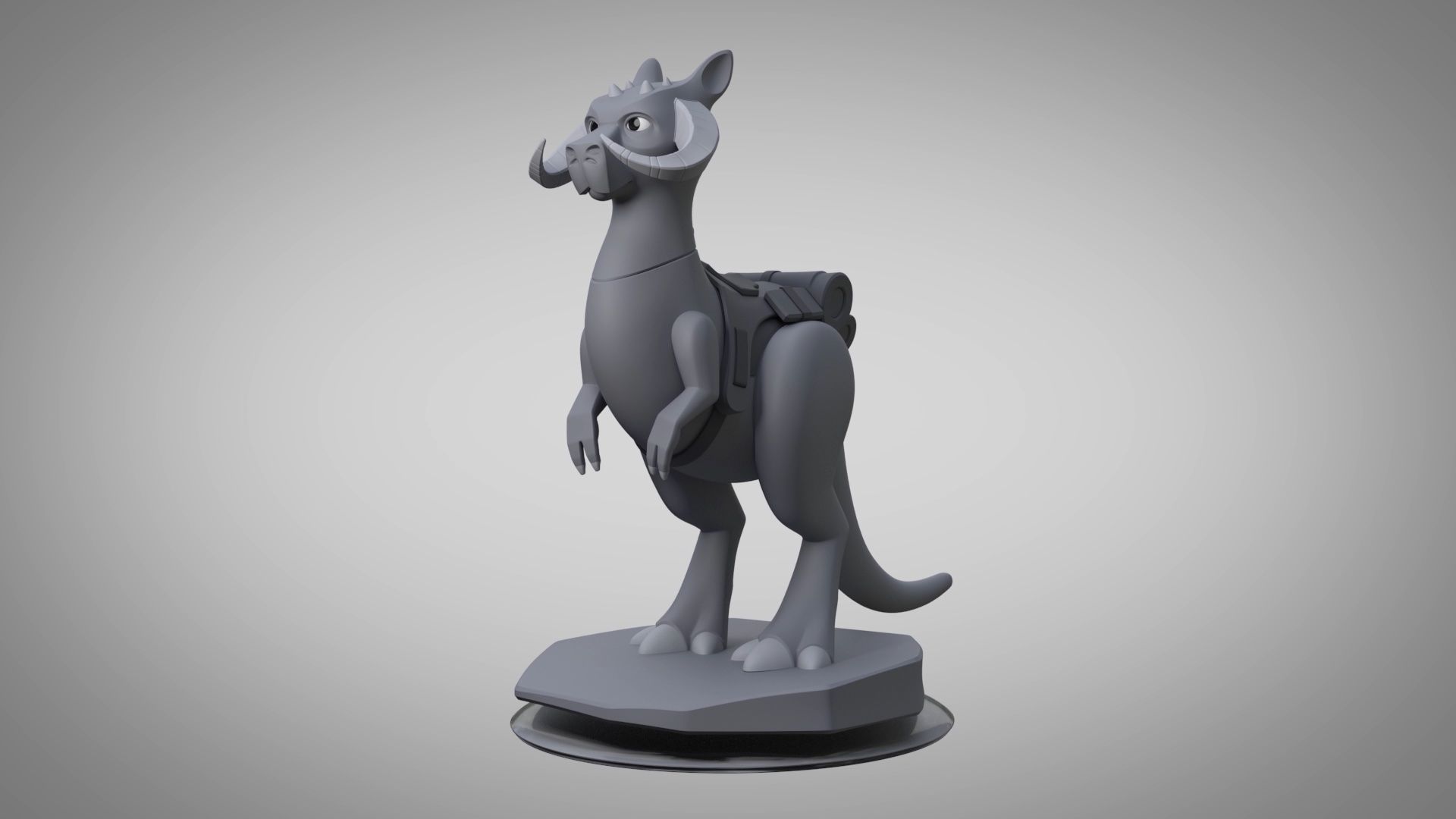

I also worked on personal projects - lots of them! Not all of them will be shareable on the networks, far from it. But whatever happens, it's a great learning experience to keep working on projects in the background!
Due to the school's small size, teachers developed close relationships with students, understanding our preferences, strengths, and weaknesses in various subjects. They made commendable efforts to adapt to each student's needs. Additionally, the school's affordability set it apart from others.
Primarily, I collaborate with departments preceding and succeeding mine—specifically, the concept artists for design clarifications and additional information (such as expression boards and mechanism creation). I also liaised with the rigging department to convey information about our scene and address issues with model functionality (e.g., filling gaps after deformation or adding blend shapes).
In production, it's always a team effort. Even if you're working alone on a character, you still need someone to help you step back from your work, get us out of technical jams or even just decompress.
To work, I mainly use ZBrush for anything organic and to create volumes that aren't particularly clean, but which will serve as a basis for my retopology in Maya. I find it simpler to do my volume research in ZBrush, it's like having a ball of clay in your hands. On the other hand, for hard surface modeling, I almost always use Maya.
A Junior's role doesn't appear significantly different from others; we're assigned a design to reproduce in 3D. Variations may exist in the expectations for our work or the significance of the assets provided. Typically, we won't begin with the production's main character. Regardless, the ability to make suggestions, take initiative, and demonstrate autonomy is crucial. While being trustworthy is essential, it's also encouraged to seek help when needed.
At the moment, I don't think I have enough hindsight and experience to know whether there are things I would never change in my work. I'm still learning every day and discovering new things that constantly challenge the way I work.
The hardest professional project was Sylvain Chomet's "Marcel et Monsieur Pagnol". It was very formative, but working directly with Sylvain (the Director) was impressive. He has his own highly recognisable graphic style (usually in 2D), which we had to try to transpose as best we could into 3D. I had to be very demanding, precise and critical about each of my renders, so as not to betray the director's style.
Batwheels is clearly the project I'm most proud of as it's my first professional experience (outside of advertising). I was lucky enough to work on a Batman series produced by Warner with Florent Auguy as Art Director and Antoine Charreyron as Director, which was all positive! I was really proud when I was told I'd be joining the character modelling team. I learned a lot from all the people around me.
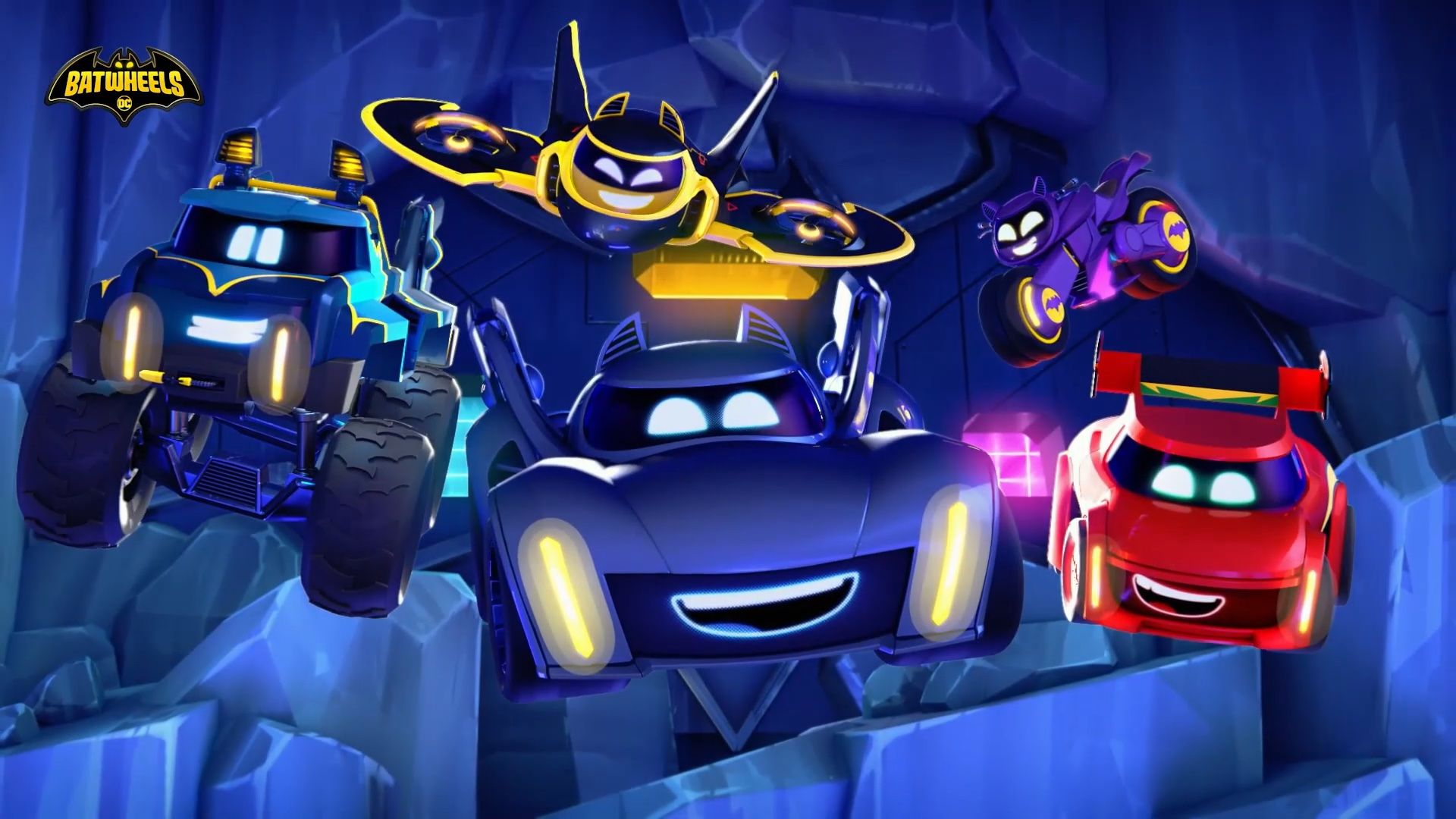
Films with out-of-the-ordinary art direction. Sony has come up with some very inspiring stuff recently such as Michels and, of course, Spider-man. On the latter film, I really liked Alberto Mielgo's graphic work (he also did some great episodes for the Love Death and Robot series). Omar Smith also did a remarkable job of stylising the characters. I mention these projects/artists in particular because they are my main references for my latest personal projects.
I also find it very interesting to watch character modeler time-lapses on YouTube, download tutorials, continue to study anatomy and discuss/share with the different people you may meet in the studio, observing their working methods.
I would have liked to know more about the status of intermittent performer. It's an
unusual status, yet there's a lot to manage and understand.
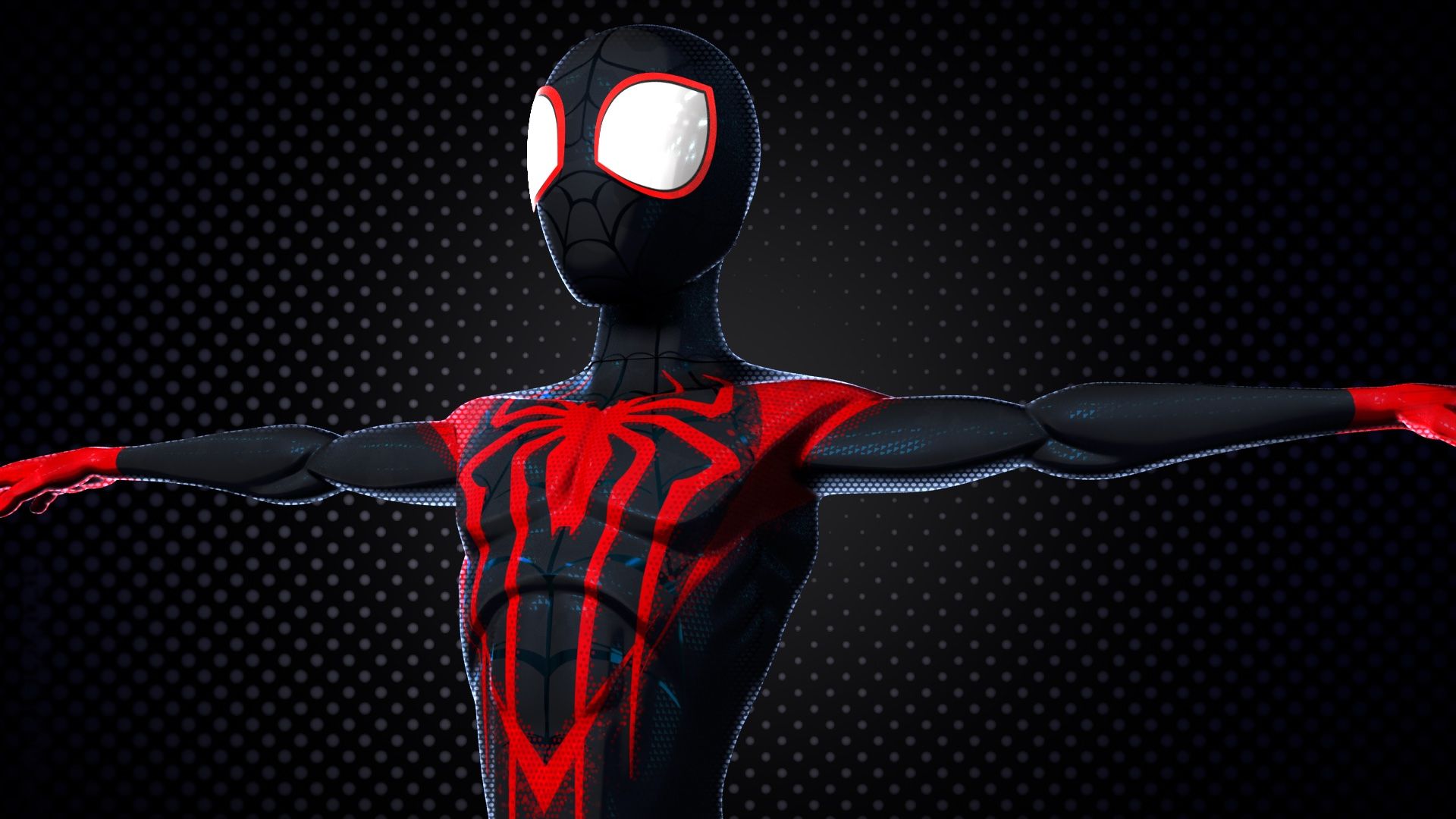
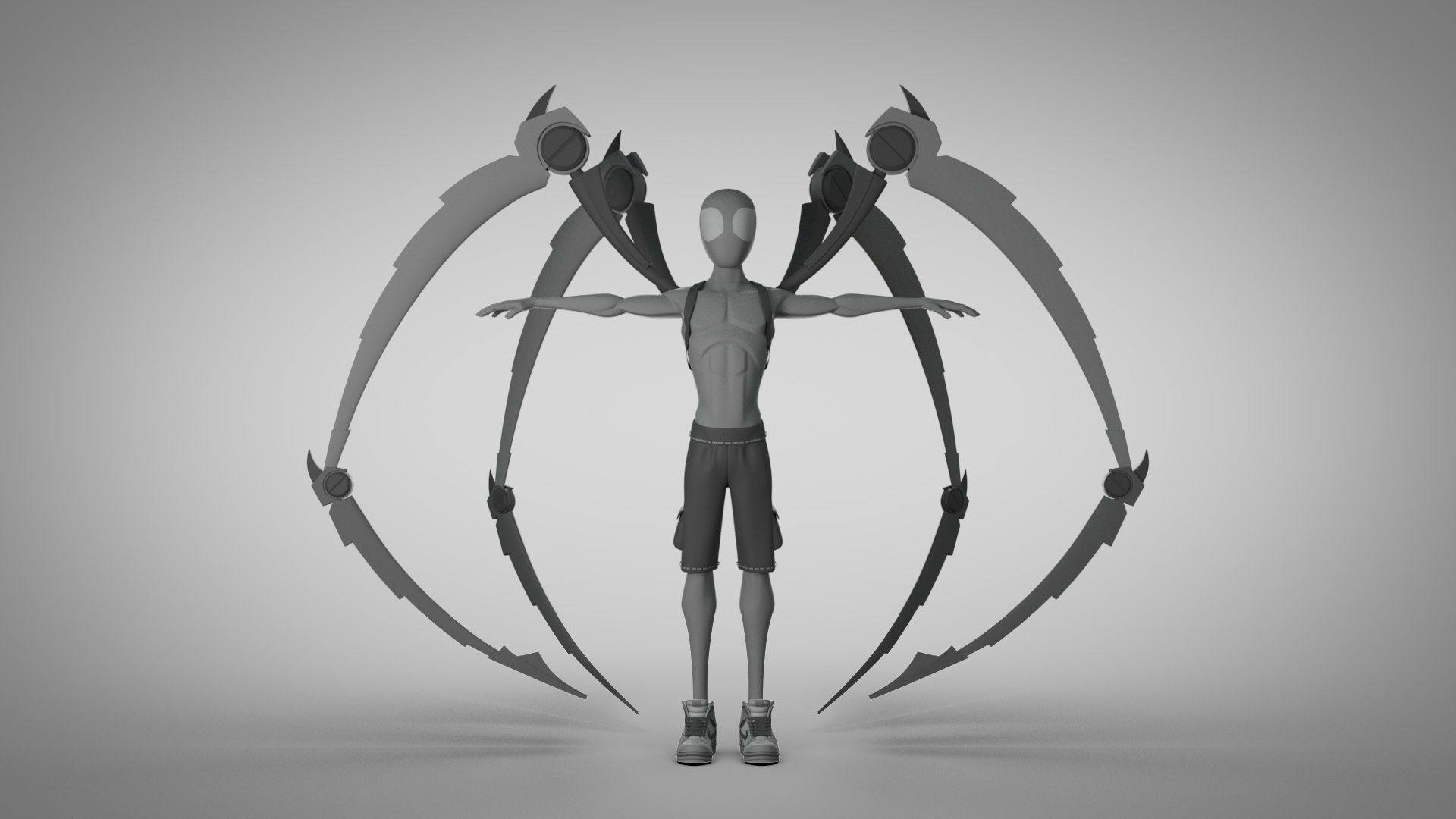

Go for it! If you love cinema, 3D and animation, it's a dream job! It's not always easy, and there are days without, as with everything. But overall, it's always a pleasure to be involved in bringing projects to life, whatever they may be. You have to hang in there, be curious (it's always better to know how other departments work and how your own is evolving), but it's worth it!
My goal now is to work on a production on which I can work at greater length on organic characters, always with the aim of evolving. I'm also more than ready to leave France and work in foreign studios, ideally on feature films!
You can reach out to Anthony via LinkedIn.